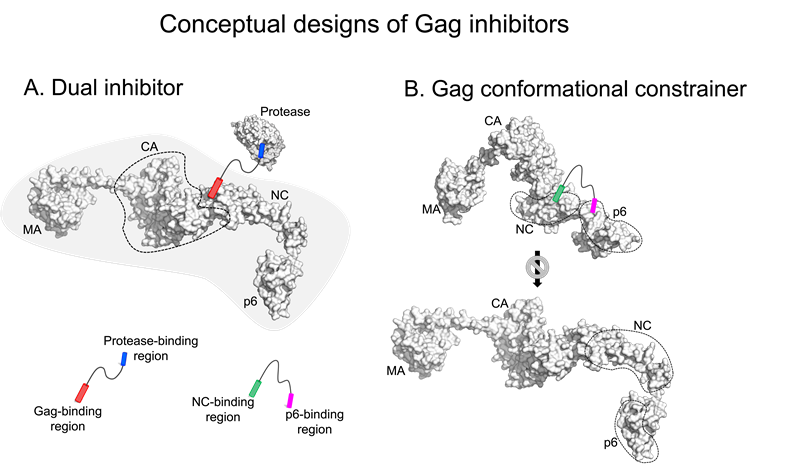HIV treatment strategies against viral enzymes are continuously hampered by viral drug resistance. Recent findings show that viral substrate Gag contributes to HIV-1 Protease Inhibitor (PI) resistance, leading to demands for new strategies in HIV treatment where Gag is recognized as a drug target. To successfully target Gag, there is a need of in-depth understanding of the Gag polyprotein and the effects of Gag mutations. Here, we propose new strategies in designing novel Gag inhibitors against existing and novel emerging Gag mutations via a structural understanding of the Gag-Protease relationship in PI resistance. In this review, we discuss the role of both novel and previously reported mutations, revealing insights to how they aid in PI resistance, and how new Gag inhibitors can be designed.

